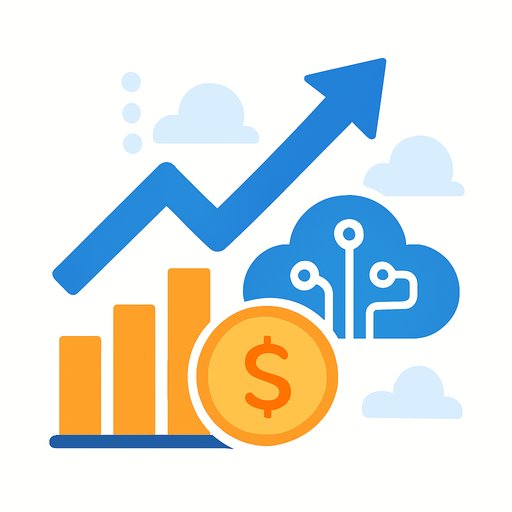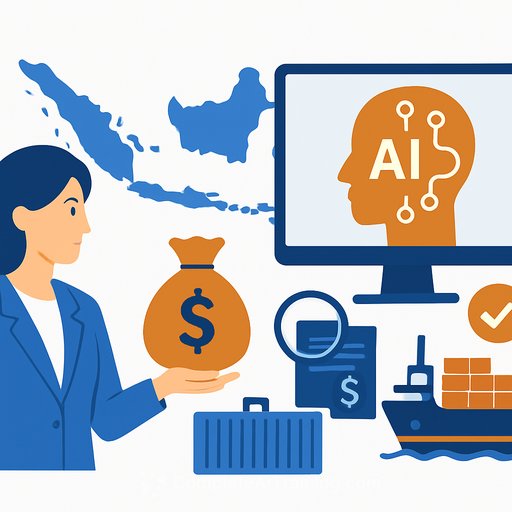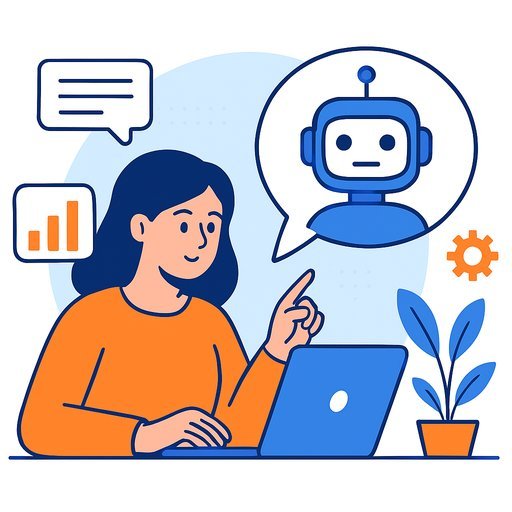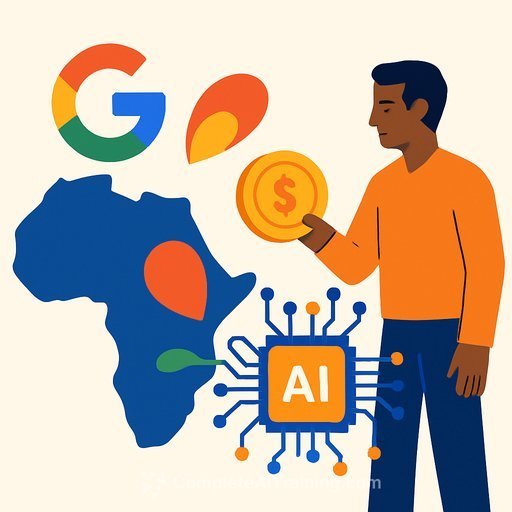What to Expect from Apple’s WWDC 2025 as Wall Street Eyes AI Progress
Apple's Worldwide Developers Conference (WWDC) 2025 begins on June 9 in Cupertino, California. This annual event gives developers and users a preview of software updates coming across Apple’s ecosystem over the next year. Last year’s WWDC introduced Apple Intelligence, the company’s AI platform, but the rollout has been slower than many expected. Key AI features like generative AI-powered Siri remain elusive, and the AI updates released so far have not made a big impact on investors or users.
This year’s event may shed more light on Apple’s AI roadmap, but don’t expect headline-grabbing announcements. Instead, Apple is likely to focus on a broad set of new features across iOS, iPadOS, macOS, watchOS, and possibly new hardware.
New Styles and Naming Conventions
Apple is preparing a significant redesign of its major operating systems. iOS, iPadOS, and macOS will adopt a fresh look inspired by the Vision Pro headset’s visionOS. Updates will touch everything from icons and menus to app interfaces. This redesign is said to be the biggest visual overhaul for iOS since 2013 and the most extensive macOS update since 2020.
Alongside the visual changes, Apple plans to revise its OS version naming. Instead of the expected iOS 19, the new system would be called iOS 26, aligning version numbers with the year following their release. While this won’t affect day-to-day users much, it marks a new approach to versioning Apple’s software.
These software updates will likely pair with the iPhone 17, rumored to debut this fall. The new iPhone is expected to be thinner and aims to boost sales in China, where Apple’s revenue has declined since late 2023. Combined with software improvements, the iPhone 17 could represent a more compelling upgrade.
AI Features in Smaller, Practical Steps
Artificial intelligence won't dominate WWDC 2025 as it did last year, but Apple will introduce some AI-driven tools worth noting. An AI battery manager is set to optimize iPhone power consumption by learning user habits, adjusting performance to extend battery life.
Apple is also rolling out AI-powered live translation for AirPods, enabling users to understand conversations in different languages. This feature requires both parties to have AirPods, similar to Google’s translation capabilities on its earbuds. Apple’s AirPods Pro have already been adapted for hearing aid functionality, showing the company’s interest in expanding their utility.
Additionally, Apple is preparing to open its large language models to third-party developers. This move could encourage the creation of AI-powered apps that run directly on iPhones, reducing reliance on cloud processing.
Gaming and App Management Updates
Apple is reportedly building a new centralized gaming app to replace Game Center. The aim is to consolidate Apple’s growing mobile gaming offerings, acknowledging the company’s status as one of the largest mobile game platforms globally. While Apple’s devices don’t yet match traditional consoles or PCs in game support, this new app could improve user experience and highlight Apple’s commitment to gaming.
For professionals and developers interested in AI and software trends, keeping an eye on these WWDC developments is worthwhile. To explore AI learning opportunities and courses relevant to development and finance, visit Complete AI Training.
Your membership also unlocks:










